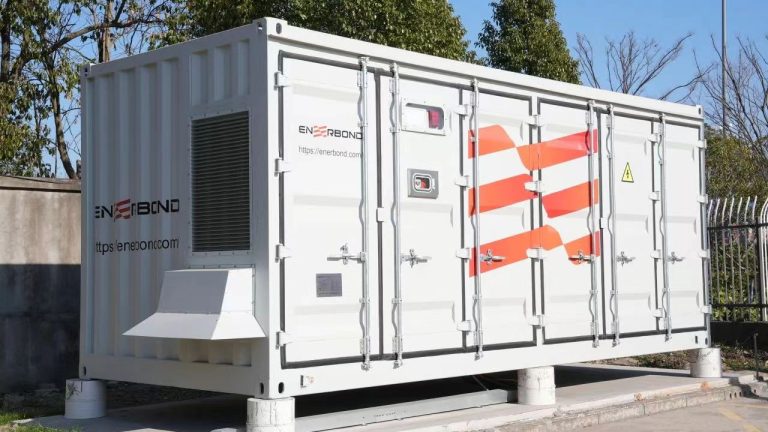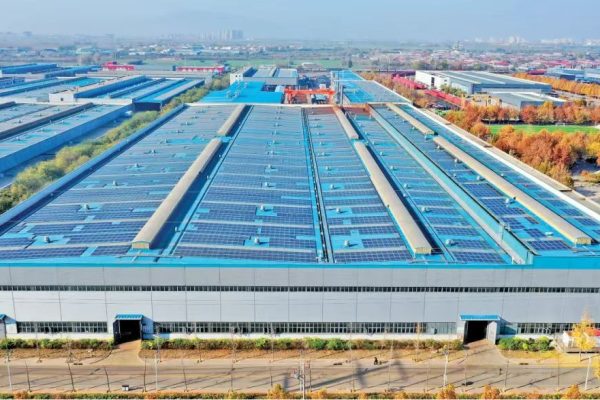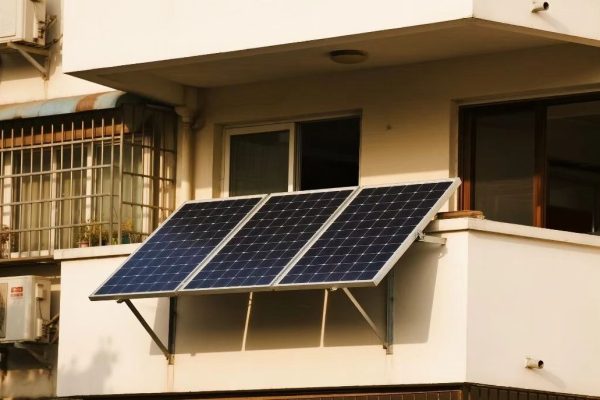What to Track, Why It Matters, and How to Choose
Introduction: Solar + Storage Is Only Smart If You Can See It Working
In an integrated solar + battery system — whether for a rural home, commercial site, or microgrid — visibility is everything.
You don’t just need to know how much power you’re generating. You need real-time answers to questions like:
- How full is the battery right now?
- Is the system exporting or consuming power?
- Did the inverter switch modes?
- Why isn’t my battery charging at noon?
This is where monitoring tools come in — and why they are now a core component of any serious PV+ESS solution.
1. What Does a Monitoring System Actually Do?
At its core, a monitoring platform gathers real-time and historical data from multiple sources, such as:
| Source | What It Tracks |
|---|---|
| PV inverter | PV production, grid export/import, inverter mode |
| Battery (via BMS) | State of charge, voltage, current, cycles |
| Hybrid inverter | Charging/discharging rates, power flow logic |
| Smart meter | Total site load, net metering performance |
| EMS/Controller | Energy flow optimization, time-of-use scheduling |
This data can be accessed via:
- Mobile apps (for homeowners)
- Web dashboards (for installers and operators)
- On-site HMI (for real-time control in industrial projects)
2. Why Monitoring Matters in Real-World Projects
a) Troubleshooting
Most system issues don’t come from hardware failure — they come from misconfiguration, shading, or load mismatch. Monitoring helps you catch:
- PV underperformance
- Battery not charging properly
- Grid outage detection
- Communication failures between inverter and BMS
b) System Optimization
With good monitoring, integrators and users can:
- Adjust time-of-use charge/discharge schedules
- Optimize for peak shaving
- Predict battery degradation
- Balance multi-phase loads in hybrid setups
c) Support & Warranty Claims
Remote data access enables:
- Quick diagnosis before dispatching technicians
- Proof of battery abuse or warranty violations
- Installer accountability and performance guarantees
3. What Monitoring Hardware Is Needed?
Monitoring tools depend on the system architecture. Here’s a breakdown:
A. Hybrid Inverter with Built-in Monitoring
Many hybrid inverters (Growatt, Solis, Deye, Victron, etc.) offer:
- Built-in WiFi/LAN ports
- App or portal access
- Simple commissioning via QR code or USB
Best for small homes or entry-level systems.
B. External Data Logger or Smart Logger
For larger or multi-device systems, a dedicated logger is often used:
- Aggregates data from multiple inverters or MPPTs
- Supports RS485/CAN communication
- Sends data to cloud via Ethernet/4G
Common in commercial rooftop and off-grid setups.
C. Battery BMS with Communication Port
For accurate SOC and battery health tracking, the BMS must:
- Expose data via Modbus RTU, CAN, or RS485
- Be compatible with inverter protocols
- Offer protection alerts (overcurrent, temperature, etc.)
If the BMS is not readable by the inverter, data will be limited or inaccurate.
D. Energy Meter or CT Clamp
Used to monitor load consumption or grid interaction:
- Measures site load behind the meter
- Supports net metering visibility
- Enables energy flow optimization in EMS setups
4. Software Platforms: What’s Available?
| Platform Type | Example Vendors | Best For |
|---|---|---|
| OEM App (free) | Growatt Shine, SolisCloud | Homeowners, small C&I |
| Open-source | Victron VRM, Home Assistant | Tech-savvy users, custom setups |
| Installer Tools | Solar-Log, Fronius Solar.web | O&M contractors, fleet management |
| EMS Platforms | Goodwe SEMS, Huawei FusionSolar | Commercial & microgrid systems |
Some platforms offer:
- Mobile notifications
- Remote firmware updates
- Export reports for billing or ESG compliance
- API access for 3rd-party integration
5. Key Metrics to Monitor in an Integrated System
Regardless of platform, any good monitoring tool should show:
| Metric | Why It Matters |
|---|---|
| PV generation (W/kWh) | Verify production, detect shading/failure |
| Battery SOC (%) | Daily usage profile, backup readiness |
| Battery current & voltage | Charging/discharging trends |
| Load demand curve | Identify peak times, enable TOU strategies |
| Grid export/import | Optimize self-consumption |
| Device temperatures | Detect overheat issues, especially in hot zones |
6. Remote Monitoring = Scalable Service
For system integrators, remote access is key to scaling support.
Instead of deploying a technician for every system complaint, you can:
- Log in remotely to assess
- Provide instructions to the site electrician
- Validate system updates or corrections
This makes it easier to:
- Manage a fleet of 20–100+ systems
- Build recurring revenue via service contracts
- Improve your project delivery credibility
7. Tips for Selection and Deployment
- Ensure inverter and battery communication protocols match. Don’t assume all RS485/CAN ports are compatible.
- Pre-install a SIM card in remote projects for instant commissioning.
- Use external CT clamps when monitoring complex loads (e.g., 3-phase factories).
- Train clients to access basic dashboards themselves — it builds trust.
- Back up settings and device IDs. In a power cycle, communication may reset.
Final Thought: Visibility = Reliability
No storage system runs well in the dark. And no client wants surprises in their energy performance.
By offering reliable, well-integrated monitoring tools, you’re not just selling equipment — you’re providing confidence, transparency, and long-term value.
Even for small projects, good data = better decisions.









